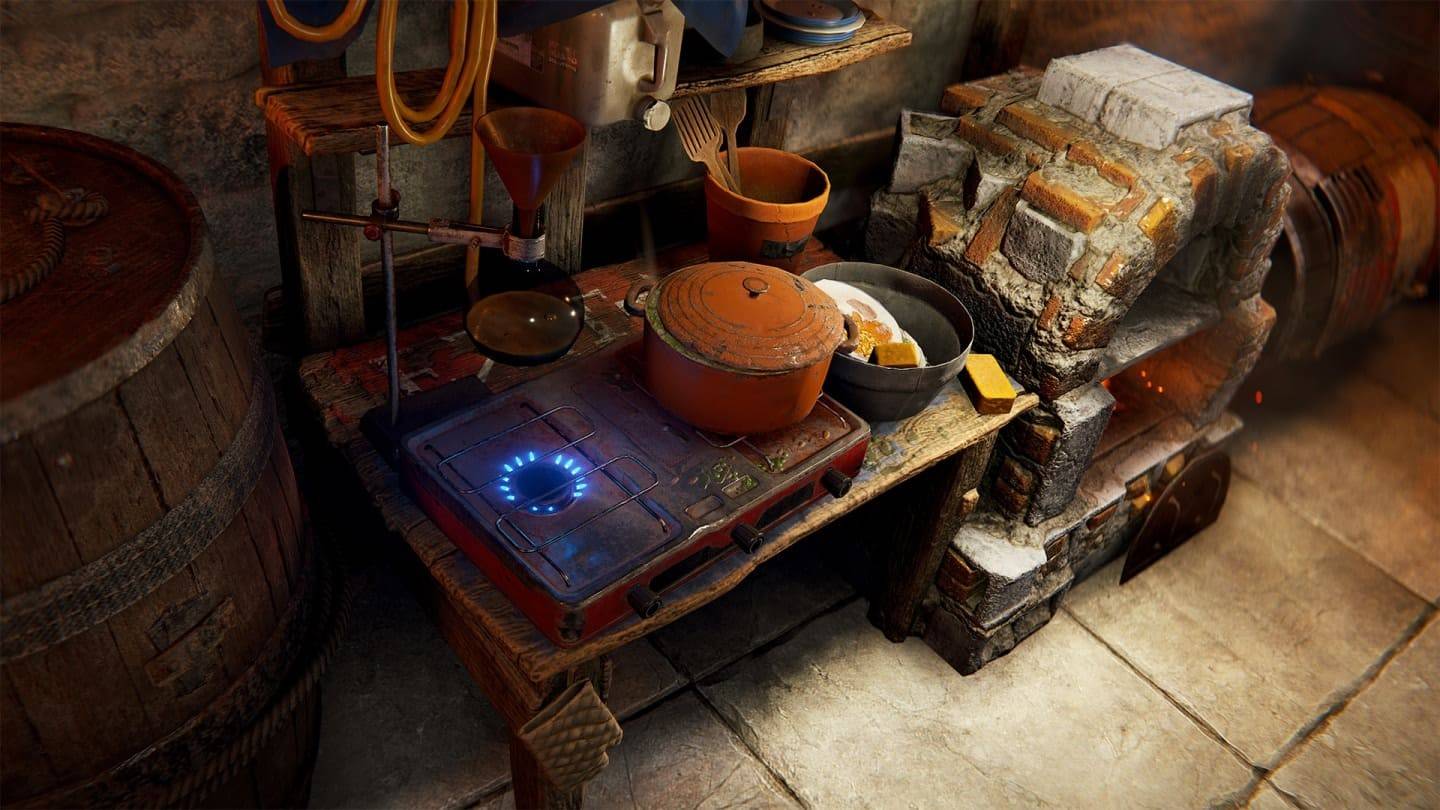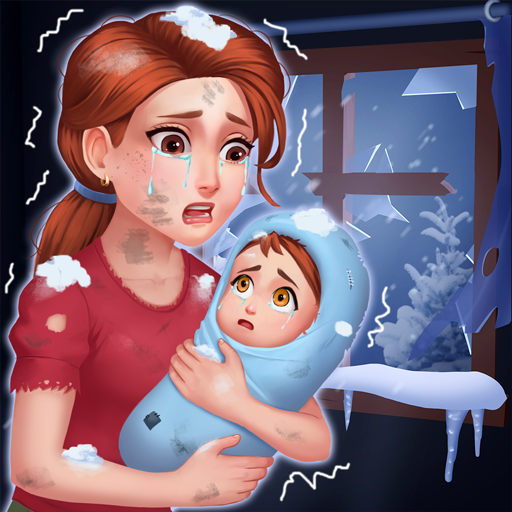The Witcher: Sea of Sirens - Impressive Action, Yet Shallow
Netflix has once again enriched the Witcher universe with the launch of "The Witcher: Sea of Sirens," the second animated spin-off that delves deeper into the adventures of Geralt of Rivia and his companions. This latest installment unfolds in a coastal kingdom where tensions between humans and merfolk set the stage for drama, action, and moral quandaries. While the film captivates with its stunning underwater sequences and dynamic combat scenes, it falls short in delivering the narrative depth fans have come to expect from the source material.
What is The Witcher: Sea of Sirens About?
 Image: netflix.com
Image: netflix.com
"The Witcher: Sea of Sirens" draws its narrative from Andrzej Sapkowski's short story "A Little Sacrifice" from the second book of the saga. Positioned between episodes 5 and 6 of Netflix's live-action series, the film follows Geralt and Jaskier as they venture into the seaside duchy of Bremervoord. Their task is to hunt down a sea monster menacing pearl divers. Along their journey, they meet Eithne Daven, a poetess, and get entangled in the tragic love story of Prince Agloval and the mermaid Sh’eenaz. While the adaptation remains faithful to certain aspects of the original tale, it takes creative liberties, such as portraying Agloval as a young prince rather than a miserly duke, and giving his relationship with Sh’eenaz a more romantic twist. Additionally, the film sheds light on Lambert's backstory, exploring his childhood ties to Bremervoord and his friendship with Eithne, who once shielded him from bullies.
Art Style and Animation
 Image: netflix.com
Image: netflix.com
Studio Mir, acclaimed for their work on "The Witcher: Nightmare of the Wolf," infuses "Sea of Sirens" with their distinctive art style. The animation truly shines in its portrayal of the underwater realm, with merfolk featuring intricate designs that blend aquatic elements with dryad-like aesthetics, setting them apart from typical fantasy depictions. These characters also speak a unique dialect of Elder Speech, enhancing their cultural distinction from humans and enriching the forbidden romance with Agloval. However, the character designs occasionally lack consistency compared to the live-action series. Geralt, voiced by Doug Cockle rather than Henry Cavill, retains his rugged charm, but other characters, like Eithne, fail to capture the allure described in the books or hinted at in previous adaptations.
Action Sequences: Visually Impressive but Flawed
 Image: netflix.com
Image: netflix.com
The film's action-packed fight scenes are undoubtedly a highlight, brimming with energy through clashing swords, acrobatic maneuvers, and flashy signs. Yet, these sequences often prioritize spectacle over substance. Geralt's combat lacks strategic planning; he activates signs haphazardly, drinks potions during fights without explanation, and executes moves that defy logic. Fans accustomed to the strategic depth in the games or books might find this portrayal lacking, reducing one of the franchise's iconic characters to a generic action hero. Furthermore, the choreography leans into superhero tropes, deviating from the grounded realism typically associated with Geralt's fighting style. Despite these shortcomings, the intense and brutal nature of the battles ensures they remain entertaining.
Storyline: A Mixed Bag
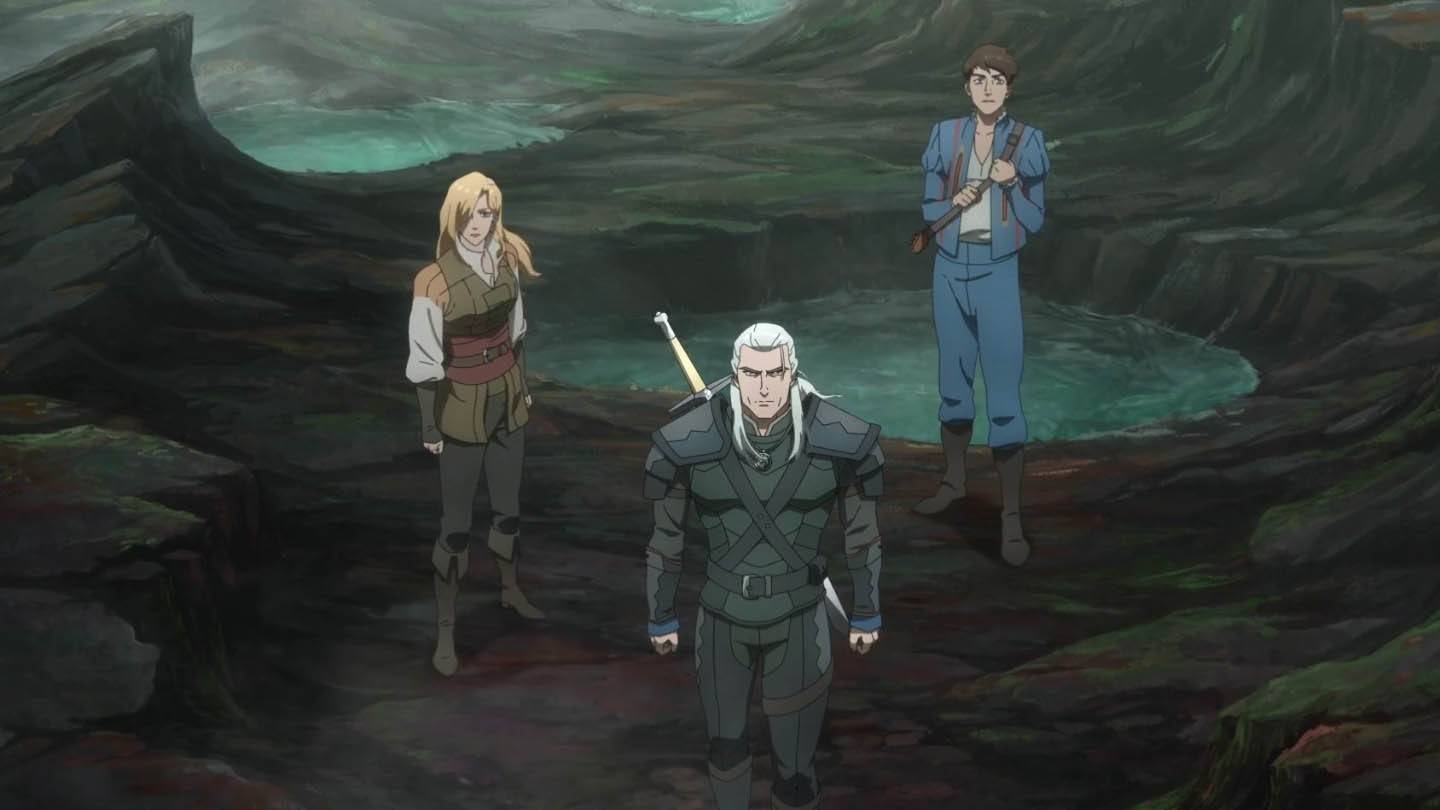 Image: netflix.com
Image: netflix.com
The narrative of "Sea of Sirens" struggles to meet its lofty ambitions. It attempts to interweave romantic tragedy, interspecies conflict, and Geralt's internal struggles but falls short. Key plot points often resort to predictable clichés, including an Ursula-inspired villain reminiscent of Disney's "The Little Mermaid." The tone shifts awkwardly at times, momentarily turning the dark fantasy into a musical number that feels misplaced. Eithne's character arc is particularly underwhelming; as a renowned bard and potential love interest for Geralt, her song performance lacks inspiration and fails to leverage Joey Batey's charisma as Lambert. Meanwhile, Geralt's moral dilemmas remain superficial, providing little insight into his psyche beyond surface-level reactions.
Comparison to Previous Adaptations
 Image: netflix.com
Image: netflix.com
When compared to "Nightmare of the Wolf," "Sea of Sirens" falls short both narratively and thematically. The former's focus on Vesemir's origin story delivered emotional depth, while the latter feels disjointed and overly reliant on visual flair. Nevertheless, the underwater sequences and vibrant animation elevate "Sea of Sirens" above pure mediocrity, making it visually appealing enough to warrant attention.
Behind-the-Scenes Insights
 Image: netflix.com
Image: netflix.com
The production of "Sea of Sirens" involved extensive collaboration between Netflix and Studio Mir. The team faced challenges in balancing fidelity to Sapkowski's writing with the demands of modern animation. Key animators revealed that designing the merfolk was particularly challenging due to their dual nature as both beautiful and menacing creatures. To capture this duality, artists drew inspiration from various mythologies, including Greek sirens and Slavic water spirits.
Fan Reactions and Criticism
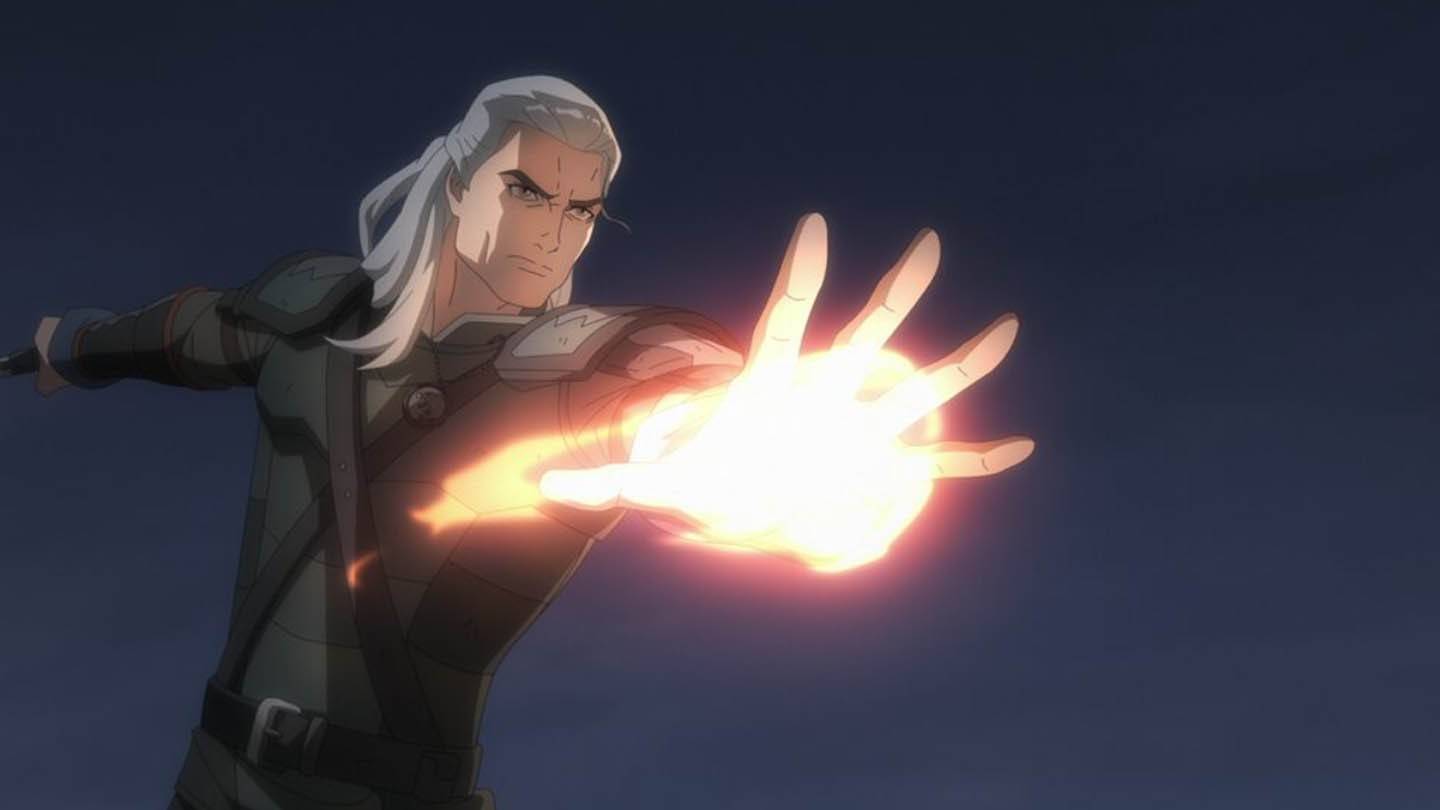 Image: netflix.com
Image: netflix.com
Fan reactions to "Sea of Sirens" have been mixed. Some appreciated the film's effort to expand the Witcher universe through lesser-known stories, staying close to Sapkowski's vision. However, others criticized the creative liberties taken with established characters, especially Geralt's erratic combat behavior. Social media feedback highlighted dissatisfaction with Eithne's portrayal, prompting questions about why her role wasn't more developed.
Future Prospects for Witcher Media
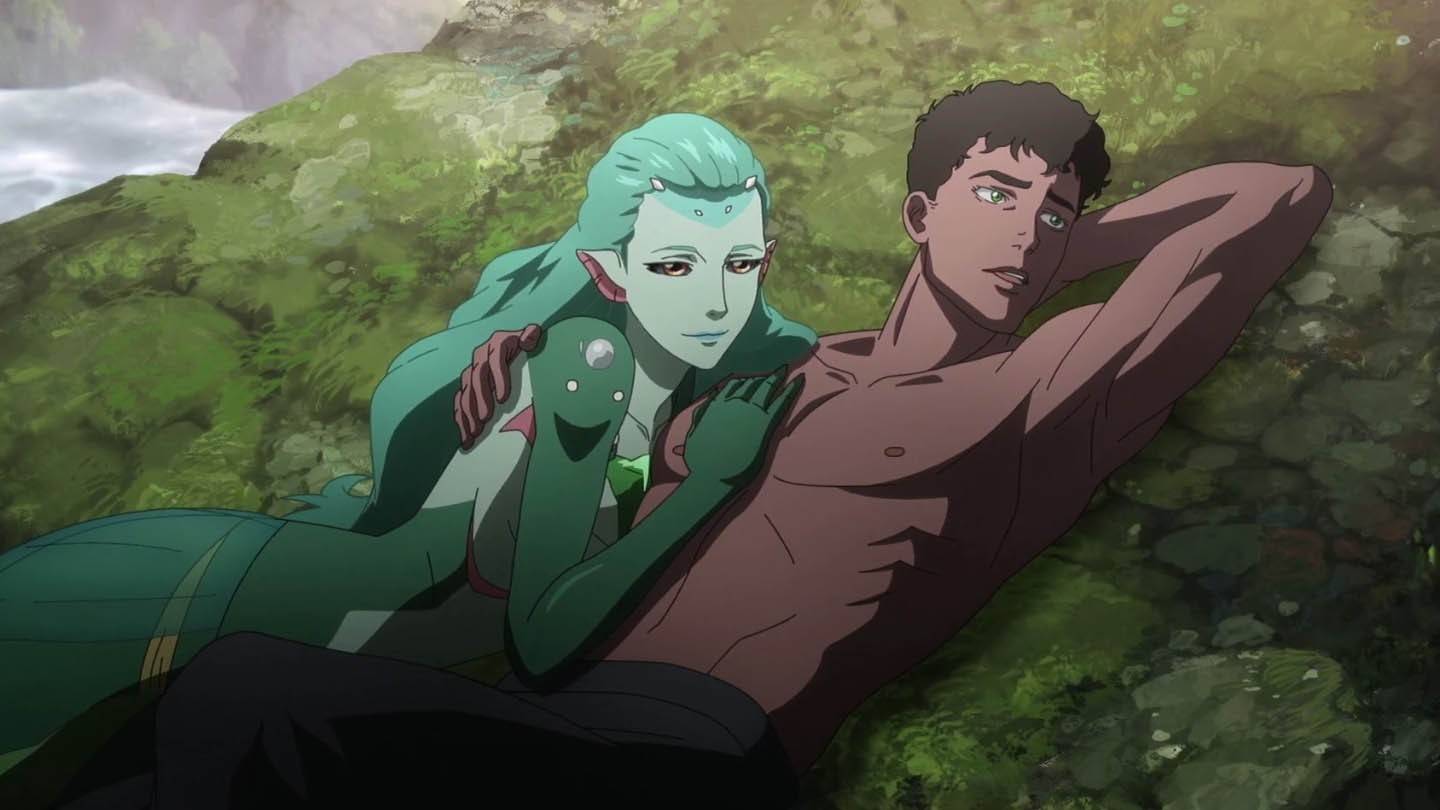 Image: netflix.com
Image: netflix.com
With "Sea of Sirens" now integrated into the Witcher canon, the future of the franchise remains a topic of interest. Will Netflix continue to explore side stories through animated films, or will the focus shift back to the main series? Given the success of previous adaptations, it's likely that more content is forthcoming. Fans are eagerly anticipating announcements about potential sequels or spin-offs focusing on secondary characters like Ciri or Triss Merigold.
Broader Implications for Fantasy Franchises
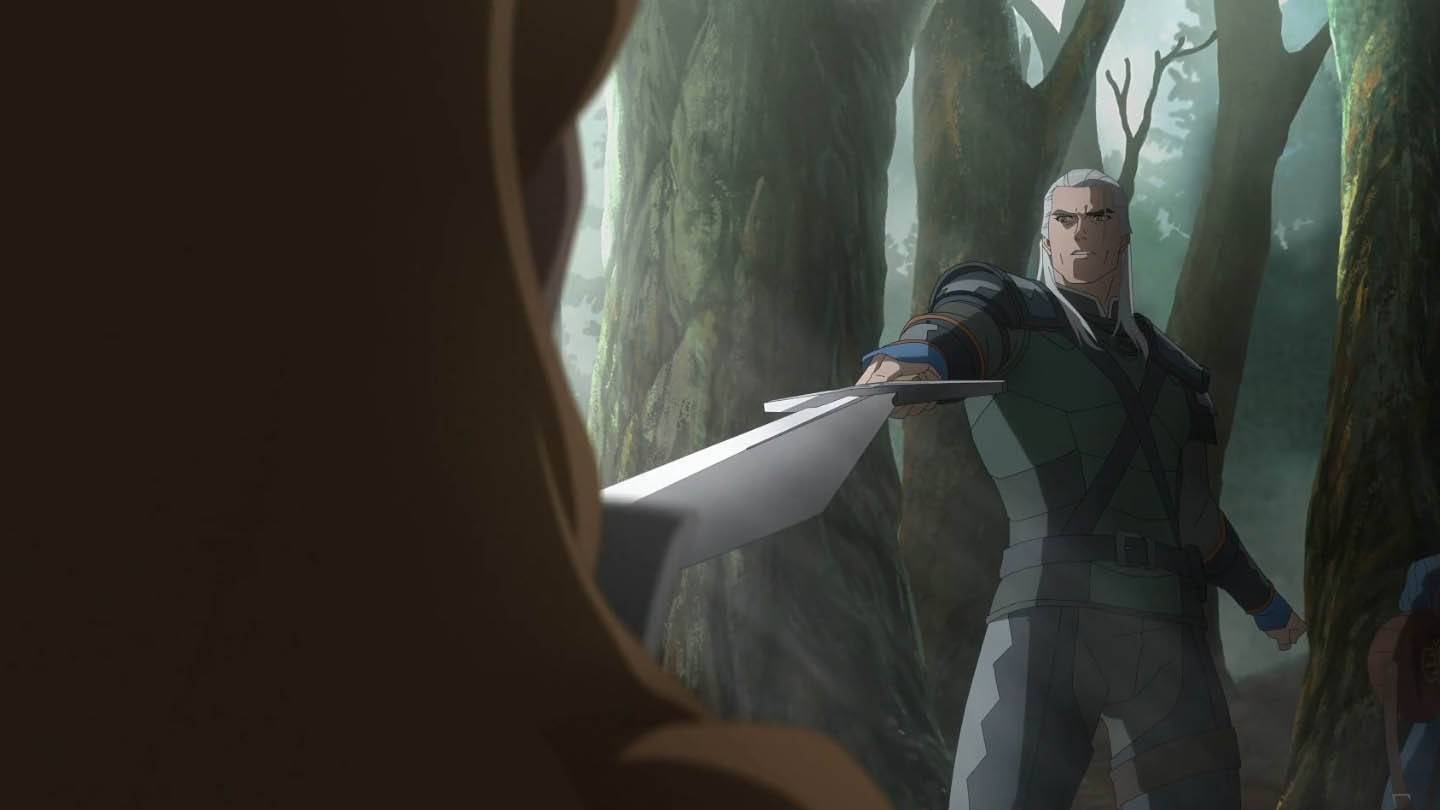 Image: netflix.com
Image: netflix.com
"The Witcher: Sea of Sirens" highlights broader trends in adapting literary works for screen. The delicate balance between artistic license and respect for the source material is crucial, especially with beloved universes. Studios must navigate this carefully to avoid alienating long-time fans while attracting new audiences. "Sea of Sirens" serves as both a triumph and a cautionary tale, demonstrating the potential and pitfalls of bringing complex narratives to life. By analyzing its strengths and weaknesses, creators can refine their approaches for future projects, ensuring richer storytelling and more authentic representations of cherished worlds. As the Witcher saga continues to evolve, it reinforces its place in popular culture, showing that even imperfect adaptations contribute meaningfully to the broader tapestry of storytelling.
Should You Watch It?
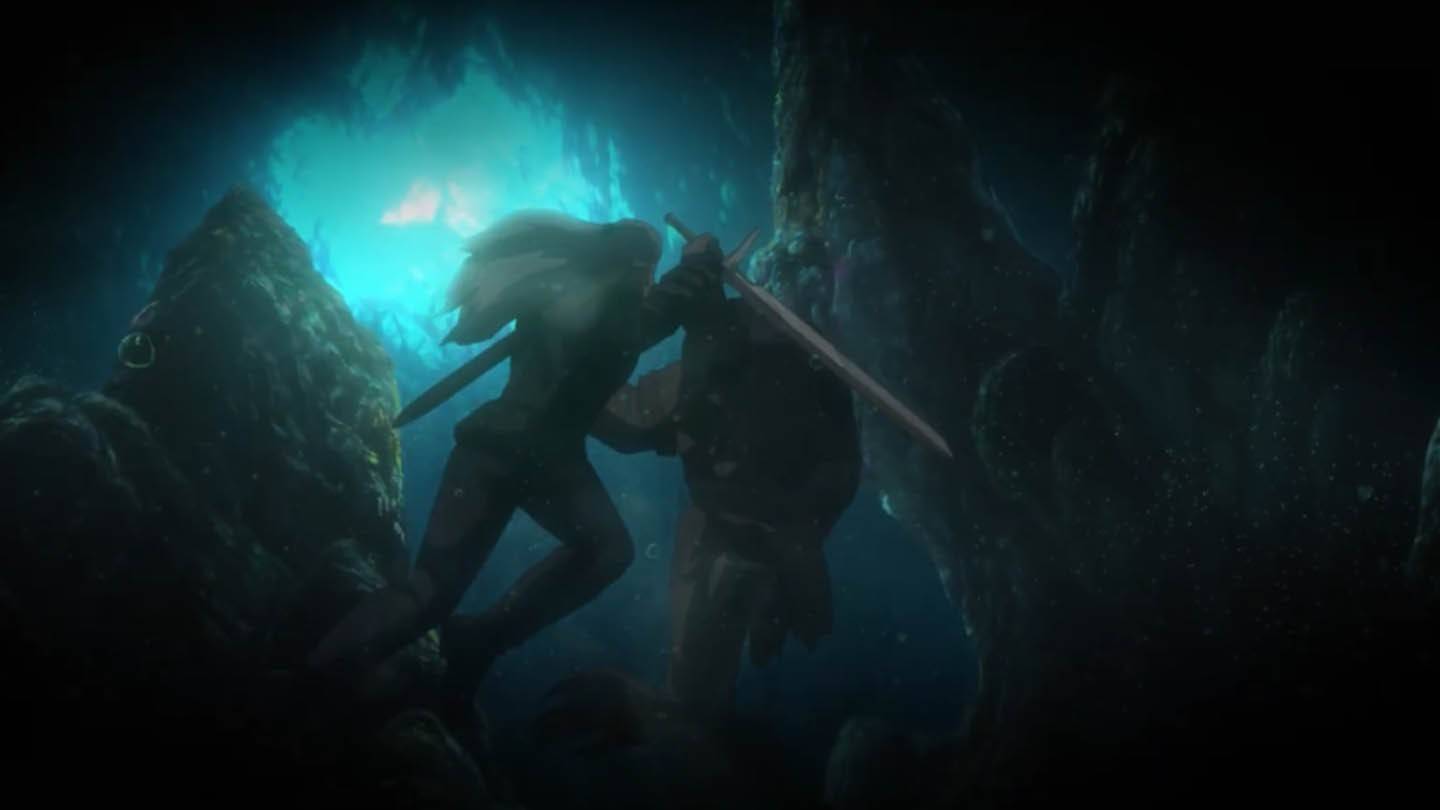 Image: netflix.com
Image: netflix.com
If you're a dedicated fan of the Witcher universe or intrigued by how Studio Mir interprets Sapkowski's tales, "Sea of Sirens" might be worth watching. Its faithful adaptation of certain elements from "A Little Sacrifice" and stunning underwater visuals offer moments of brilliance. However, those seeking a cohesive story or deeper exploration of beloved characters may find it lacking. Ultimately, "The Witcher: Sea of Sirens" serves best as a curiosity piece: a visually engaging yet narratively flawed addition to the expanding Witcher lore. For casual viewers, it provides light entertainment, but hardcore fans might yearn for something more substantial.
-
Xbox Game Pass has solidified its status as the premier subscription service in gaming, thanks to years of delivering value and variety to its subscribers. Every month, Microsoft enriches the service with a selection of new titles, ensuring there's always something fresh for players to dive into. WhAuthor : Anthony Apr 21,2025
-
Rust, the beloved multiplayer survival game, has just released a groundbreaking update known as The Crafting Update, designed to elevate the creative possibilities for its dedicated player base. This update introduces a host of new features that are set to transform the gameplay experience. One of tAuthor : Dylan Apr 21,2025
- OSRS Launches Leagues V: Raging Echoes
- "Path of Exile 2 Developers Address Key Issues and Share 10-Week Early Access Results"
- Disney Mirrorverse Announces EOS By The End Of This Year
- "Oblivion Remake Leak Hints at Soulslike Influence"
- Top Classic Board Games for 2025
- WoW Patch 11.1: Character Customization Update, Restrictions Apply


